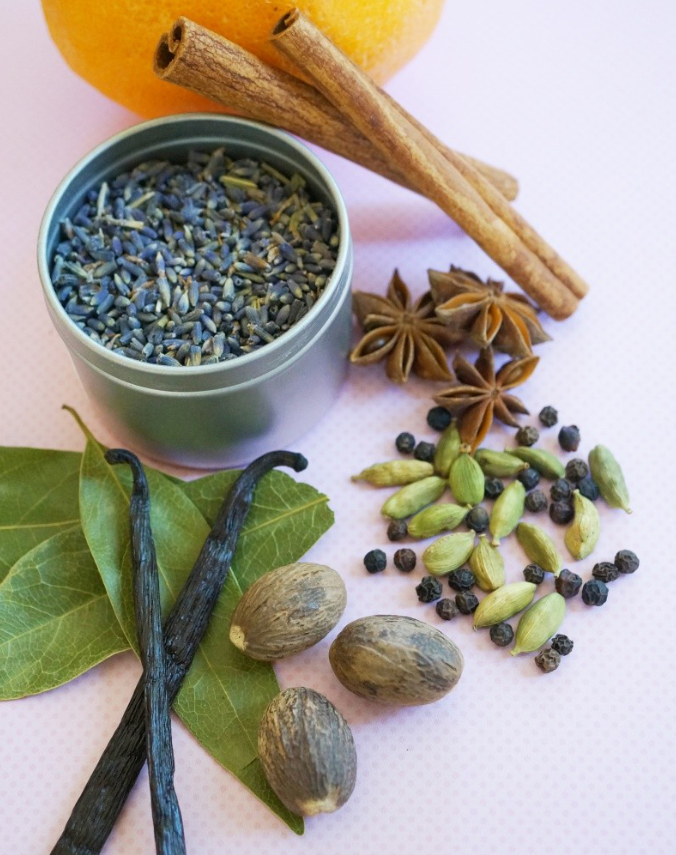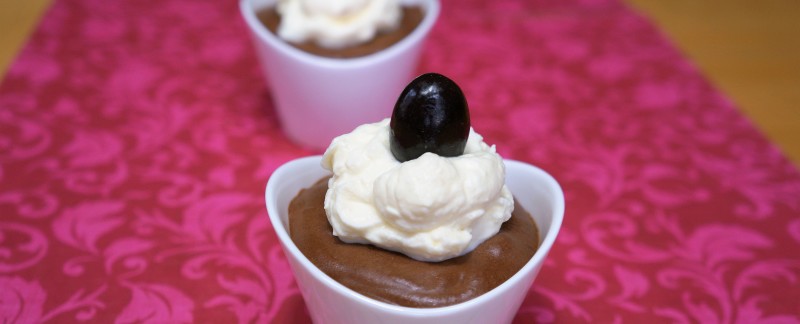It wasn’t until I owned a salon and day spa that I began experimenting with essential oils for their therapeutic effects. I had the opportunity to see the benefits people would derive from diffusing them into the air in the spa and then using them in spa services. Today I use essential oils in all aspects of my life. I diffuse them in my home, I use them for my pets, I use them in my cleaning products, I use them in my personal care products and I also use them for cooking!
Why Use Essential Oils In Food?
Essential oils are considered therapeutic because they are an extremely pure and condensed version of the original plant. One drop of essential oil is equivalent to 50 leaves of a plant. It is the essence of the plant – the “essential” part of the plant where all of the health benefits are derived. Using herbs can also provide health benefits but the equivalent amount of herbs is not always palatable. To get the same therapeutic effect, you would have to eat a large salad made of only basil to equal the therapeutic effect of a single drop of basil essential oil added to a salad dressing. This not only saves you money but it also saves you from having to eat a whole plate full of basil! You get the benefit of essential oils with the added benefit of adding in fantastic flavors!

Are Essential Oils Safe To Use In Food?
Yes. Please use only therapeutic grade essential oils. Choose essential oils that have a supplement label clearly marked for consumption. If they do not have this label, do not use it in your food. I cannot stress enough how important this is for your safety. One thing that can become quickly overwhelming is buying essential oils. I recommend that you buy them from a certified supplier. While it is easy and convenient to buy essential oils at a local health food store, I do not recommend buying these oils for internal use. If you come across a bottle and it has a supplement label then it may be ok. Health foods stores have become quite prevalent in the US over the past 10 years. But with so many brands to choose from and yes, shelf space that suppliers purchase, be very cautious in believing every item they carry is healthy or of the best quality most of the oils you find here are for aromatherapy only and can safely be used in diffusers or used topically for some oils.
Which Essential Oils Should I Use In Food?
Below is a list of essential oils that are generally safe for cooking. You can see that this list is quite large and quite overwhelming. Most of these oils are already known as edible herbs, or spices. However, not all therapeutic oils are safe to eat even if they are recognizable. For example, do not use the following oils when cooking: bitter almond, camphor, horseradish, mustard, sassafras, or wintergreen.
Oils generally safe for cooking are:
| Anise | Cilantro | Ginger | Marjoram | Spearmint |
| Basil | Cinnamon Bark | Grapefruit | Nutmeg | Sweet Fennel |
| Bergamot | Clove | Juniper Berry | Orange | Tangerine |
| Black Pepper | Coriander | Lavender | Oregano | Thyme |
| Caraway | Cumin | Lemon | Peppermint | |
| Cardamom | Dill | Lemon Grass | Rosemary | |
| Cardamom | Dill | Lemon Grass | Rosemary | |
| Chamomile | Eucalyptus | Lime | Sage |
For baking, I recommend starting with these 4 oils and then as you get comfortable begin to add additional flavors to your pantry:
Lemon – use as a replacement for lemon zest in recipes. See (Blackberry Cabernet Sorbet) – simply add a drop or two to the cooled sorbet mixture in step 3 before placing in the ice cream maker. (Lemon essential oil is also refreshing in water and can help with digestion especially is used in warm water in the morning!)
Lime – use as a replacement for lime zest in recipes. See (Blueberry Refrigerator Jam) – simply add a drop to the finished jam after it has cooled (omit the lime zest).
Orange – use as a replacement for orange zest in recipes. See (Strawberry-Orange Muffins) – simply add 1-2 drops to the batter before baking along with the wet ingredient in step 2 (omit the orange zest).
Peppermint – use in any dessert with chocolate in it. (Peppermint essential oil is also refreshing in water. Just a drop in 16oz is plenty and can help when your tummy isn’t quite right.) See Simple Chocolate Mousse – simply add a drop or two to the finished mouse before dividing into the serving bowls or add a toothpick dipped into the oil to the whipped cream before topping each serving.

I have chosen these specific oils because they are not only fantastic used in baking but also because they transfer quite easily to savory dishes as well AND they can be used for other purposes so there is no fear of buying them and using them for only one recipe and never again!
Other ideas include diffusing them either with a diffuser or I often use 1-2 drops each of the lemon, lime and orange oil on a piece of paper towel kept in the bottom of my garbage bins under the liner – no more stinky garbage in my kitchen! These oils also have therapeutic effects when applied topically. There are so many uses that they will never go to waste. Generally speaking essential oils can last up to 2 years if properly stored.



